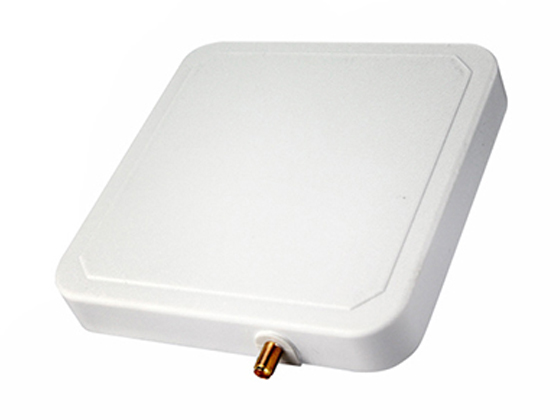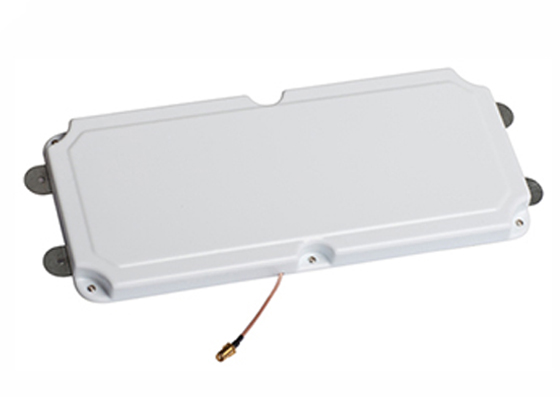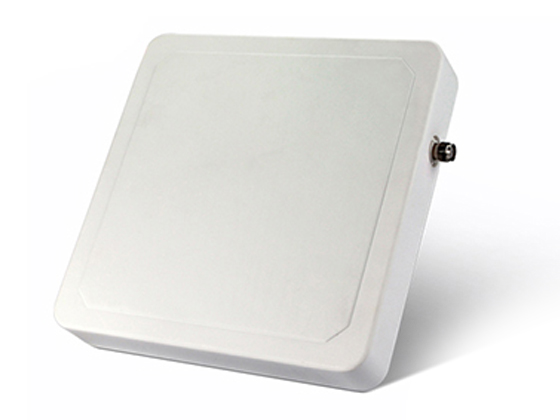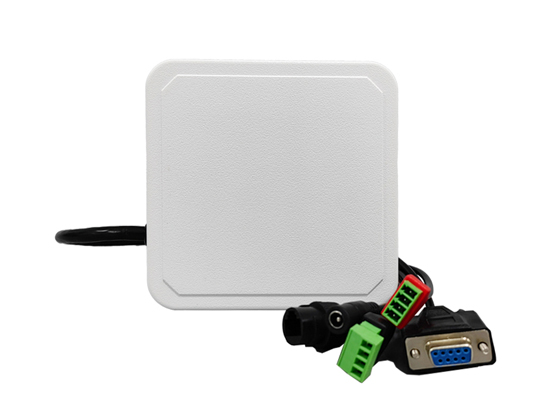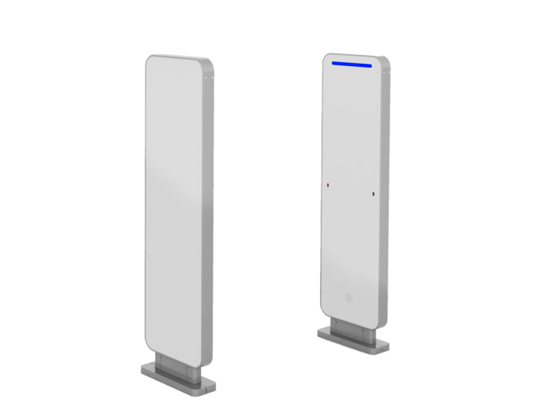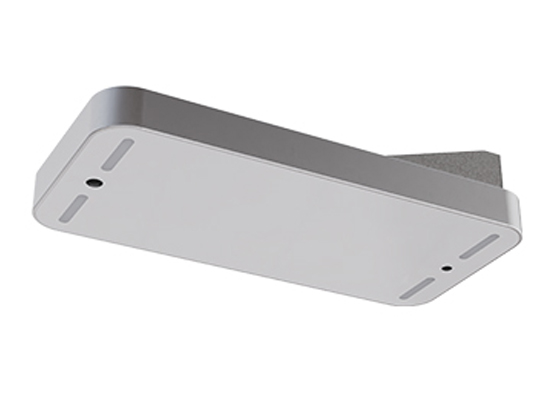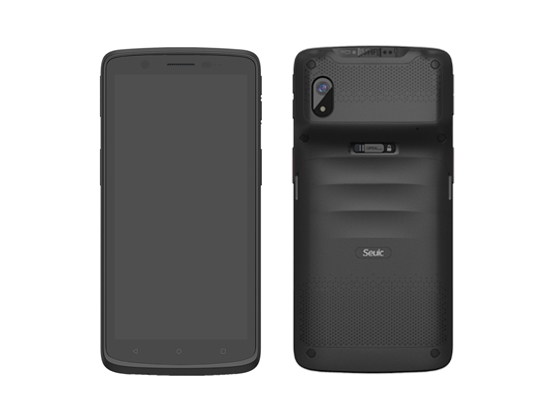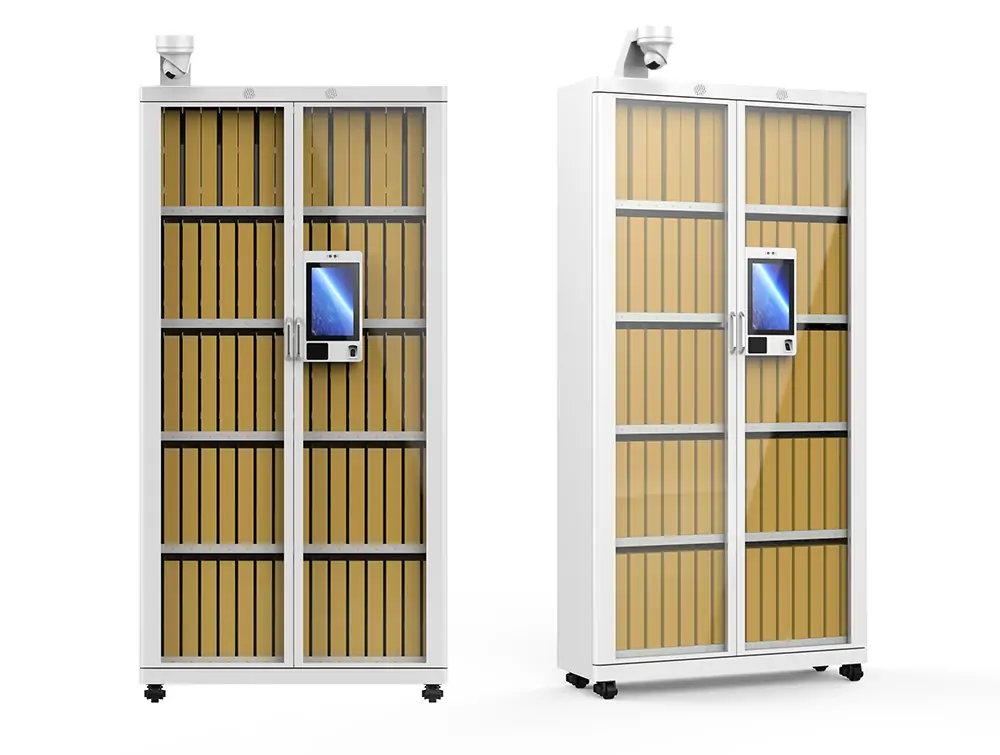Today, with the rapid development of science and technology, public library, as a cultural landmark of the city, is gradually transforming into intelligent and intelligent. Shenzhen, a city known for its innovation, is once again leading the way in promoting the construction of public libraries. Recently, a library in Shenzhen has successfully introduced and deployed the RFID access control system provided by Bowei, which, with its excellent anti-theft performance, has built an indestructible defense line for the library's book security, and has become a highlight in the construction of smart libraries.

Introduction: Security challenges of smart library
With the increasing volume of library books and the increasing flow of readers, the safe management of books has become an urgent problem to be solved. Traditional anti-theft methods, such as magnetic stripe and manual inspection, have been difficult to meet the efficient and convenient management needs of modern libraries. Books lost, misplaced, damaged and other problems occur from time to time, which not only bring economic losses to the library, but also affect the reading experience of the readers. Therefore, looking for a more efficient and intelligent anti-theft solution has become an urgent need for library managers.
Second, RFID access control: a new choice for intelligent anti-theft
It is in this context that RFID access control came into being. As a kind of automatic library management equipment based on radio frequency identification technology, RFID access control has become a new choice for library anti-theft with its unique advantages. The system realizes real-time monitoring and management of books entering and leaving the library by attaching RFID tags to each book and installing RFID access control at the entrance and exit of the library.
Iii. Project implementation: Perfect integration of technology and security
1. System deployment and integration
After the project was launched, Bowei first conducted a comprehensive site survey of the library and developed a detailed deployment plan for the RFID access control system. Subsequently, the construction team installed RFID access control equipment at the entrance and exit of the library in accordance with the requirements of the scheme, and seamlessly integrated with the library's book management system. This integration ensures that the RFID access control can obtain the loan status information of the book in real time, and provides data support for subsequent anti-theft detection.
2. RFID tag paste and test
In order to ensure the anti-theft effect of RFID access control, Bowei also pasted RFID book labels for all books in the library. These labels not only contain the basic information of the book, but also have a unique identifier to ensure that each book is accurately identified. After the label paste is completed, technicians also conducted multiple rounds of testing to ensure that the identification rate and stability of RFID tags meet the design requirements.
3. System debugging and training
After the equipment installation and labeling was completed, Bowei carried out a comprehensive debugging and optimization of the RFID access control system. The anti-theft effect and stability of the system are verified by simulating the scenes of book borrowing and returning. At the same time, Bowei Intelligence also conducted systematic training for library managers, so that they can skillfully operate and maintain the RFID access control system.

Fourth, anti-theft effect is remarkable: the excellent performance of RFID access control
1, efficient and accurate label recognition
RFID access control uses radio frequency identification technology, and through the reader and antenna array configured on the access door, the RFID tag information within the scope of the access channel can be read non-contact. This technology ensures that even in the case of multiple labels passing at the same time, the label content can be accurately identified and read, greatly improving the accuracy and efficiency of recognition.
2, real-time alarm function
When a person or item carrying an illegal RFID tag (such as a book tag that has not been checked out) passes through the RFID access control, the system will immediately detect and trigger the alarm mechanism. This real-time alarm function can effectively prevent unauthorized books from being taken out of the library, thereby reducing the loss rate of books. The alarm method usually includes sound and light alarm, which can attract immediate attention at the scene, and also feed the situation back to the manager in time through the monitoring system.
3. High security
RFID access control has a high degree of security, only carrying the book label that has been checked out can be passed. This security mechanism effectively prevents the risk of illegal entry and information disclosure, and ensures the safety of the library's internal environment and collection resources. At the same time, the system can also record the passing information of each reader who passes through the passageway door, which provides a reliable basis for follow-up traceability and management.
4, seamless integration and intelligent management
RFID access control can be seamlessly integrated with other devices and systems, such as access control systems, video surveillance systems, attendance systems, etc., to achieve information sharing and interaction. This integration capability enables the library to build a comprehensive security management system to achieve a full range of monitoring and management. At the same time, the system supports remote control and management, which is convenient for operation and maintenance personnel to perform remote maintenance and upgrade, and improves the intelligent level of management.
The successful implementation of the RFID access control project in a library in Shenzhen not only provides a strong guarantee for the safety of books in the library, but also provides valuable experience for the construction of smart libraries. With the continuous development of technologies such as the Internet of Things, big data and artificial intelligence, the future of smart libraries will be broader. We believe that with the promotion of science and technology, libraries will continue to innovate service models and management methods to provide readers with a more convenient, efficient and intelligent reading experience. RFID access control, as an important part of the construction of smart libraries, will continue to play its unique role and value, and contribute to the security management and intelligent transformation of libraries.






